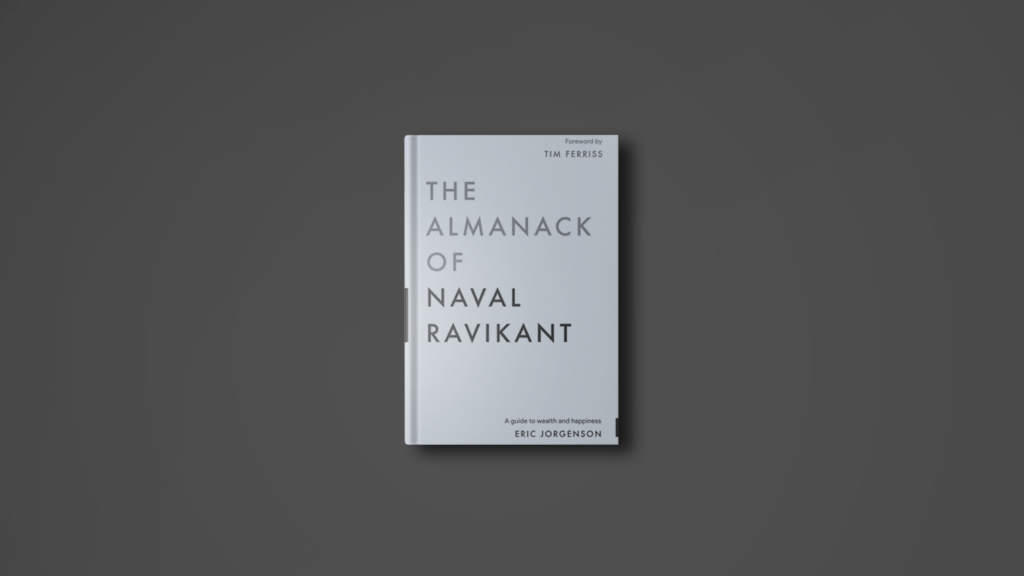Chances are you’ve felt a sense of helplessness before. Perhaps you’re even feeling it now. That dreary feeling that all you’re doing isn’t worth anything, that your actions only make things worse, or that there’s just no point or meaning to life.
Helplessness is a learned condition. It’s a passive surrender inflicted by painful yet inescapable circumstances. But since it’s a learned behavior, it means that we can unlearn it. And we might even grow from it.
The Basis of Learned Helplessness

Why does Learned Helplessness occur?
Learned helplessness occurs when past experiences lead people to believe they have no control over similar situations. On the extreme end, one may even resort to nihilism, the basic assertion that life is utterly meaningless.
Of course, we can’t talk about helplessness without mentioning Seligman’s dogs.
Seligman’s Helpless Dogs
In Dr. Martin Seligman’s famous 1965 study, dogs were conditioned so that every time they heard a bell ring, they would receive a mild shock. In time, the poor pup would learn to expect a shock upon the ring of any bell.
Then, Seligman placed the dogs in a large crate with a low fence dividing the two sides. One side was wired with slight shocks. The other wasn’t. They figured that if they rang the bell, the dog would hop over the fence to escape the mild shock and go to the safe side. But the dogs stayed put, laid down and tolerated the shocks.
The dogs had been conditioned by their previous experience that there was nothing they could do to avoid the shocks.
Seligman attributed this helpless behaviour as something that was acquired after repeated failure. And when they repeated the same test to dogs who had NOT been shocked before, they easily jumped over the barrier.
I know, it’s an unforgivable way to treat man’s best friend. Yet, this study pioneered conversations of how prior learning profoundly impacts future behavior.

Helpless dogs to helpless humans
And as it turns out, we humans are not so different from dogs.
In a 1975 study published by Donald Hiroto and Martin Seligman, subjects were divided into three groups.
- Group 1 was exposed to a loud noise that they can stop by pushing a button.
- Group 2 was exposed to a loud noise but can’t turn it off no matter what.
- Group 3 heard nothing at all.
The following day, subjects are faced with a new situation that again involves noise. To turn the noise off, all they have to do is move their hands about 12 inches. The people in the first and third groups readily learn to turn off the noise. But those in the second group typically do nothing. In phase one they failed, realized they had no control, and became passive. In phase two, expecting more failure, they don’t even try to escape. They have learned helplessness.
The gist of learned helplessness is this: Prior learning is adaptive and is what keeps us alive. But when challenges come with an inability to escape or create adaptive results, we resort to passive responses like avoidance and procrastination.
When does learned helplessness become harmful?
It becomes deleterious when it generates a self-defeatist mindset; When it occupies our minds with limiting beliefs on what we can achieve; When our motivation and will to live begins to suffer. It is the root of depression, anxiety, and a cacophony of mental health conditions.
Hopeful outliers
Unexpectedly, there was a silver lining in Seligman’s not-so-ethical studies: the hopeful outliers. Even though they weren’t paid attention to until years later, they discovered that about a third of the participants who experience inescapable aversive stimuli never become helpless.
What made these outliers different is that they interpreted setbacks as temporary, local, and changeable. They saw the potential of a different future. They had hope.
The Antidote to Helplessness

What is hopefulness?
Hopefulness is the lubricant that keeps our existence engines rolling. To truly understand hope is by first understanding its relationship to meaning. And then piecing the puzzle of how it fits into our seemingly meaningless existence.
In Victor E. Frankl’s Man’s Search for Meaning, Harold S. Kushner wrote in the foreword that holocaust victims died more from lack of hope and less from lack of food or medicine. This was similar to what happened during the Korean War. The prisoners felt so helpless that they began calling it “give up-itis”. Without hope, many of these prisoners “simply died” without any medical justification for their deaths.
Tragically, helplessness kills. But the antidote lies in the commonality of Seligman’s outliers, Holocaust survivors, and the prisoners who survived the Korean war. It was the hope for a better future. Despite all the pain and grief, these people believed in themselves and humanity. And they chose to move forward with relentless optimism.

Finding hope when life feels meaningless
As we know, chronic helplessness is learned via associations to challenging environments. Unlearning and deconditioning the response will require awareness, action, supplemented with philosophical musings.
1. Conquer assumptions
In what areas do you feel powerless and discouraged?
To shift our inner dialogue from a source of hopelessness to hopefulness, we must first be aware of where and how we learned to be helpless. In Einstein’s words, “doing the same thing over and over again expecting different results is not progress, it is insanity.” The essence lies in challenging your assumptions – an alternative to repeating helpless behaviors and mindsets.
Agreeably, not an easy feat. Yet, it’s a very effective way to direct you to the source of maladaptive beliefs.
For example:
- Do you believe you’re a worthless person? Why?
- When did you start believing it?
- Who was involved in making you feel so?
- How is it holding you back?
- Why does it still steer your decisions today?
Additional tool: You can also check out The ABCDE method developed by Dr. Ellis and Dr. Seligman (Resource here). This is a CBT method that promotes adaptive responses to negativity. It may be the perfect next-step antidote to the defeatist mindset of learned helplessness.
2. Conquer pain
Upon conquering our past assumptions, let’s look at how to approach future pains.
Amor fati is a Latin phrase that can be translated as “love of fate”. It describes an attitude in which one sees everything that happens in one’s life, including suffering and loss, as a vital part of life.
Pain is inevitable. In our relationships, our careers, our shortcomings. Hence, we must accept it as a universal constant. In learning to accept whatever happens to us, we deny the world and everyone else the power to make us feel helpless. The only thing we should worry about is making sure we embrace the pain as an opportunity to find value and meaning.
3. Conquer death
“If you wish to live well, spend the remaining days of life with death before your eyes.”
– St. Alphonsus di Liguori, Italian Catholic bishop and spiritual writer,
Another way to unlearn helplessness, to restore hope, is to practice the art of memento mori.
Memento mori, another Latin phrase, translates to “remember that you must die”. Why? Because death is another universal constant guaranteed in life. And it’s a reality that unites us all. Morbid, I know. And this certainly is not an encouragement to end one’s life.
Rather, being reminded of our impermanence concentrates our mind, timeline, and priorities. Time and again, when a person is asked how they would live differently if they knew they had a limited time to live, their answer shows a beautiful, penetrating concentration of meaning and hope.
By creating a dialogue investigating the ephemeral nature of life, we no longer live in fear but rather in possibility. We start living for goodness, rather than for gains or glories. It pulls us out of the helpless rabbit hole by zoning us in on what actually matters in life.
Summary
Learned helplessness is a detrimental symptom of unprocessed trauma and failures. Hence, it’s crucial that we approach the inevitable challenges in a way that can help us move forward.
And the antidote to breaking free of this awry feedback cycle is hope – the source in which we find meaning in our objectively meaningless existence. Because despite all the pain and grief, the commonality amongst us all is our hope for a better future.




